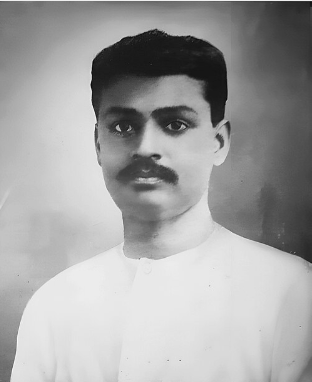#OfficialPortrait launching of Maharaja Sri Bir Hambir Malla Deva [1565-1620], the 49th Monarch of Mallabhum kingdom & the greatest ruler of the Malla dynasty of Bengal.
📜 Portrait - Arghyadeep Sardar
📜 Portrait - Arghyadeep Sardar

The Mallabhum kingdom under the rule of Maharaja Bir Hambir Malla was spread upto the Santhal Pargana's Damin-i-Koh in the north, Midnapore in the south, Bardhaman in the east & Chotanagpore in the west.
+

+


Bir Hambir Malla's ruling period is regarded as the golden era of Mallabhum. Being a wise, brave & expert king he constructed several forts, organized the Malla army & dug seven deep trench encircling the capital city of Bishnupur.
+

+


Being a pious Gaudiya Vaishnava ruler he patronized Padavali poets & kirttaniyas, constructed 108 temples & defeated Pathans to protect Dharma. In his era Bishnupur became second Vrindavan named 'Gupto Brindabon'. Bishnupur is the heritage temple city of Bengal.
+

+


To perform the Gaudiya Vaishnava ritual of Rash Yatra, he constructed the famous RashMancha of Bishnupur, a very unique monument where tradition & architectural excellency together are found.
+

+


During 1590 AD, the Pathan Sultan of Odisha Katlu Khan Lohani captured Jagat Singh, the son of Man Singh. Bir Hambir Malla attacked & defeated the Pathans and rescued Jagat Singh ordering for his further treatment in Bishnupur.
+
+

The famous Battle of Mundamala Ghaat [1575 AD], where Prince Hambir Malla with his Malla army humiliatingly defeated the invading Pathan forces of Dawood Khan Karrani, made garlands of the Pathan soldiers' heads & offered to his kuladevi Maa Mrinmoyee. 💀🌸
+
+

• • •
Missing some Tweet in this thread? You can try to
force a refresh




















